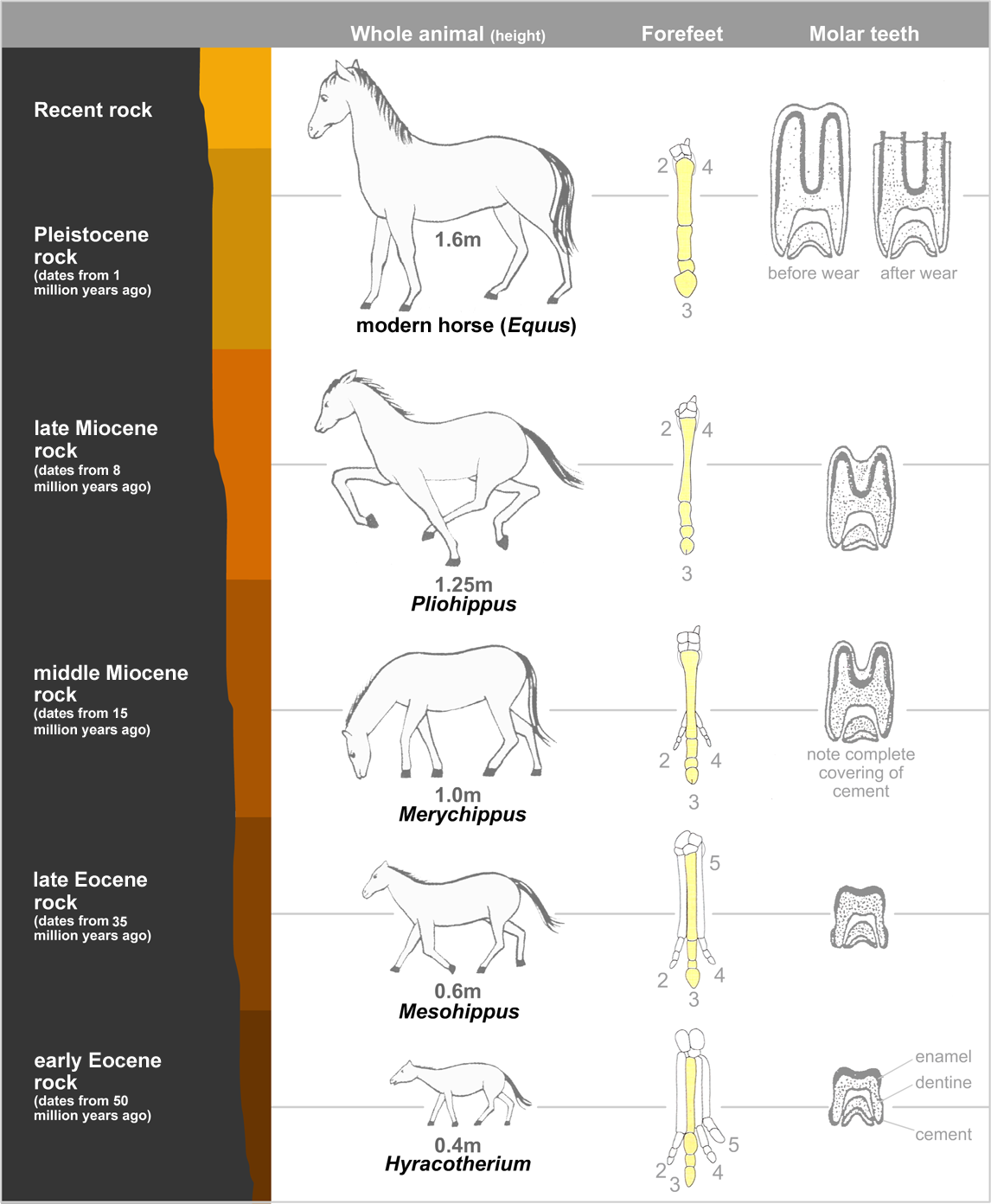As an evolutionary biologist, I find it interesting to look at the evolution of the bones, changes that occurred represent mainly adaptations of the horse lineage to its environment, and also developmental constraints.
I was very excited to see this study. The authors report a well-preserved skeleton of a 4.6 million-y-old three-toed horse (Hipparion zandaense) from the Zanda Basin, southwestern Tibet.
Hipparion zandanese must have looked like this:
In the supplemental material of the PNAS paper, they show actual pictures of fossilized (4.6 Million years old) bones.
Based on what I know about the horse's hoof, I think the Figure legend must be a mistake, this is not the right front foot, but the left, based on the shape of the coffin bone. The coffin bone of this 4.6 Million year old ancestor of the modern horse shows a clear asymmetry, that is also characteristic of the modern horse, including MINE! Most likely the steeper and slightly smaller medial side is adaptive for the horse, exactly why I have not yet figured out, but will try and find answers. The answer will lay in the biomechanics of the hoof.



No comments:
Post a Comment